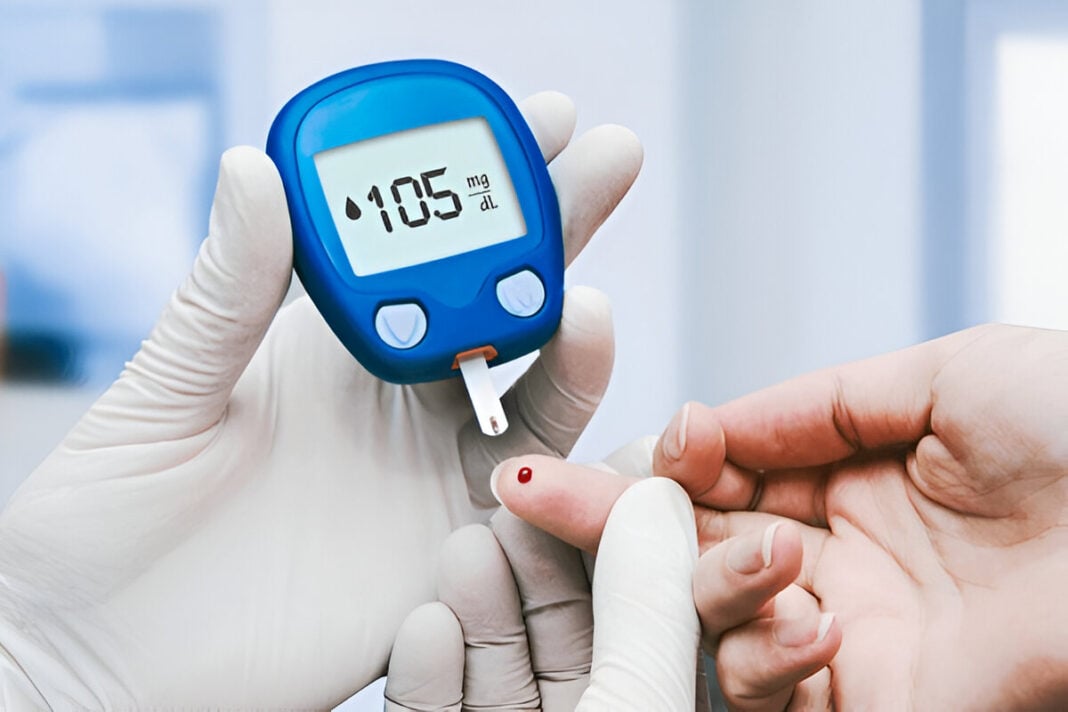When we think about diabetes, most of us immediately picture blood sugar tests, insulin shots, or dietary restrictions. But did you know that diabetes can also show up on your skin, sometimes before you even realize you have the condition? Our skin can be a window into our overall health, and for people living with or at risk of diabetes, paying attention to skin changes can be crucial.
Why Does Diabetes Affect the Skin?
Diabetes, particularly when poorly controlled, affects the way your body handles sugar. High blood sugar levels can damage blood vessels and nerves, impairing circulation and your immune system’s ability to heal wounds and fight infections. This can lead to a range of skin issues, some subtle and others more alarming. The good news is recognizing these skin signs early can help you seek medical care sooner, potentially preventing complications.
Common Skin Problems Linked to Diabetes
- Dry, Itchy Skin
One of the simplest but often overlooked signs is dry, itchy skin. High blood sugar pulls fluid from your tissues, leaving your skin dehydrated. This dryness can cause itching and cracking, which might seem minor but can lead to infections if scratched excessively (American Diabetes Association, 2023).
- Diabetic Dermopathy
If you notice small, round, brownish patches on your shins, these might be diabetic dermopathy spots. They look similar to bruises but are harmless, although they indicate changes in blood vessels caused by diabetes. These patches generally don’t require treatment but should prompt a check on your blood sugar control (Bhat, 2022).
- Acanthosis Nigricans
One particularly distinctive sign is acanthosis nigricans, a condition where the skin becomes darkened, thickened, and velvety, often in body folds like the neck, armpits, or groin. This skin change is often a marker of insulin resistance, a precursor to type 2 diabetes, and can be an early warning sign to get tested (Kahn et al., 2020).
- Slow-Healing Wounds and Ulcers
Wounds that take a long time to heal or develop ulcers are a serious warning sign. Diabetes can reduce blood flow, especially to the feet, causing wounds to linger and infections to set in. This is why diabetic foot ulcers are a major concern, sometimes leading to amputations if not managed properly (Singh et al., 2019).
- Fungal and Bacterial Infections
People with diabetes are more prone to skin infections. Fungi, like yeast infections, often thrive in warm, moist areas such as under the breasts or between toes. Bacterial infections can cause redness, swelling, and pus. If you notice frequent or unusual skin infections, it’s worth discussing with your doctor (Bhat, 2022).
- Eruptive Xanthomatosis
Rare but distinctive, eruptive xanthomatosis appears as clusters of yellow, firm bumps surrounded by red halos. It happens when blood lipid levels spike alongside uncontrolled diabetes. Though uncommon, spotting these bumps should prompt urgent medical attention to control blood sugar and cholesterol (American Diabetes Association, 2023).
When to See a Doctor
If you notice any sudden or unusual changes in your skin, whether it’s persistent dryness, patches of discoloration, unexplained rashes, or wounds that won’t heal, it’s important not to brush them off. These signs can be your body’s early signals that your blood sugar may be out of control or that diabetes could be developing.
Additionally, if you already have diabetes, monitoring your skin regularly is key to preventing complications. Good skin care, controlling blood glucose levels, and promptly treating infections can significantly reduce your risk of serious problems.
How to Care for Your Skin with Diabetes
Taking care of your skin when you have diabetes doesn’t have to be complicated. Here are some simple tips that can help:
- Keep Skin Moisturized: Use fragrance-free, gentle moisturizers to prevent dryness and cracking.
- Inspect Skin Daily: Check your feet and other vulnerable areas for cuts, blisters, redness, or swelling.
- Avoid Harsh Soaps: Choose mild cleansers to maintain your skin’s natural barrier.
- Protect Your Skin: Wear comfortable shoes, avoid going barefoot, and protect your skin from extreme temperatures.
- Manage Blood Sugar: Keeping your blood glucose levels within target reduces the risk of skin complications.
- Seek Medical Advice: Don’t hesitate to consult your healthcare provider if you notice concerning changes.
The Emotional Side of Skin Issues in Diabetes
Skin problems can affect more than just your physical health, they can impact your confidence and emotional well-being. Dealing with visible skin changes or persistent infections might make you feel self-conscious or frustrated. It’s important to remember that you’re not alone and that many people with diabetes face similar challenges. Talking openly with your healthcare team or support groups can provide reassurance and practical advice.
Your skin is more than just a protective covering, it’s a vital indicator of your overall health. For people with diabetes or at risk, paying attention to your skin’s health can provide early clues that shouldn’t be ignored. Whether it’s dry patches, unusual discoloration, or wounds that refuse to heal, these signs are your body’s way of asking for help.
If you recognize any of these warning signs, take action. Talk to your healthcare provider, get your blood sugar checked, and develop a plan to protect your skin and your health. After all, managing diabetes well means taking care of every part of your body, including your skin.
References
- American Diabetes Association. (2023). Skin problems and diabetes. Diabetes Care, 46(Supplement 1), S123–S130. https://doi.org/10.2337/dc23-S010
- Bhat, Y. J. (2022). Cutaneous manifestations of diabetes mellitus: A clinical update. International Journal of Diabetes in Developing Countries, 42(2), 220–227. https://doi.org/10.1007/s13410-021-01001-2
- Kahn, S. E., Hull, R. L., & Utzschneider, K. M. (2020). Mechanisms linking obesity to insulin resistance and type 2 diabetes. Nature, 444(7121), 840–846. https://doi.org/10.1038/nature05482
- Singh, N., Armstrong, D. G., & Lipsky, B. A. (2019). Preventing foot ulcers in patients with diabetes. JAMA, 293(2), 217–228. https://doi.org/10.1001/jama.293.2.217











